Affiliate links on Android Authority may earn us a commission. Learn more.
Roku vs Amazon Fire TV: Which streaming platform is right for you?
April 11, 2021
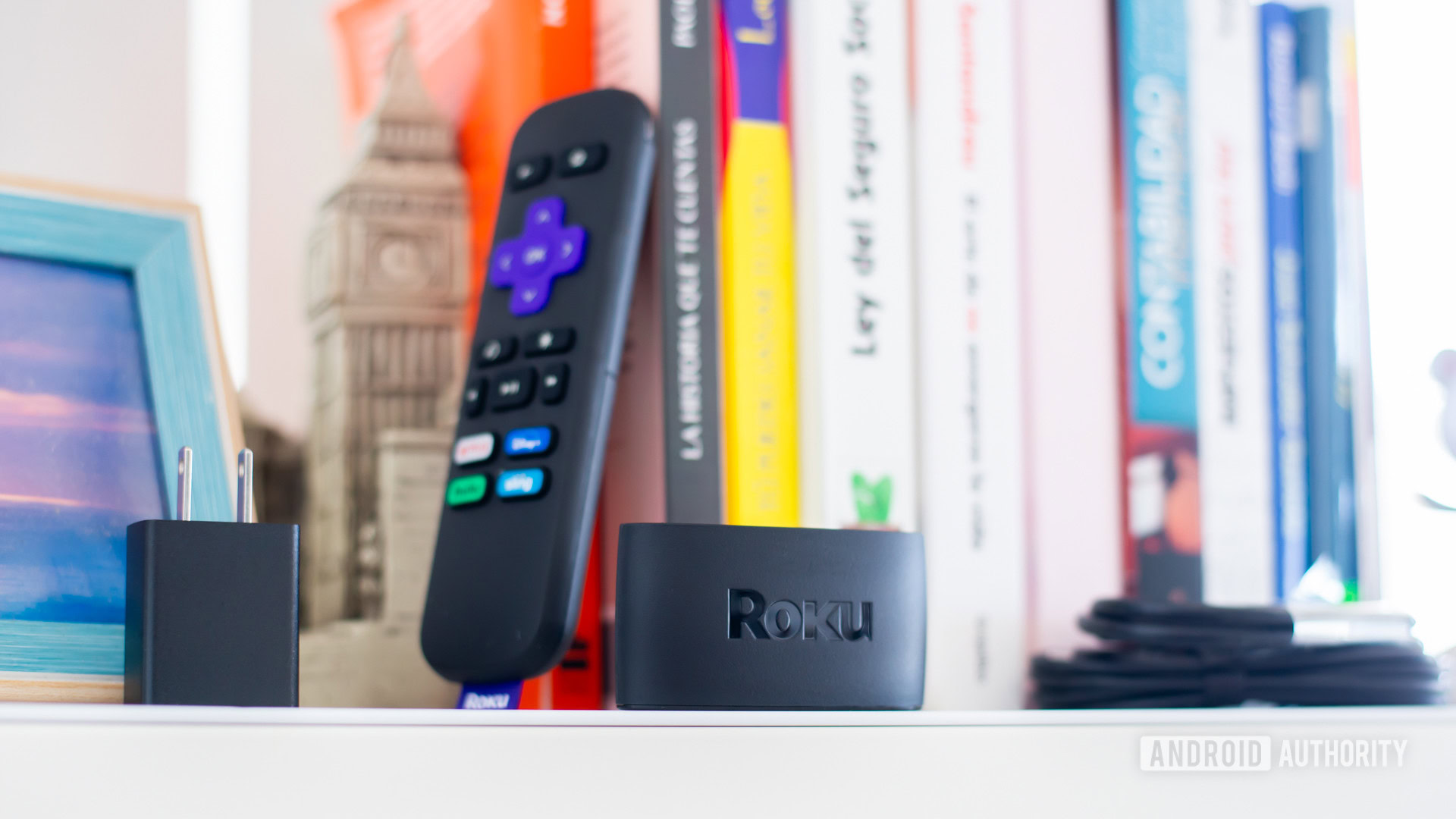
We love a good rivalry here at Android Authority. Just look at Bose vs Sony for headphones or AT&T vs Verizon for carriers. Now, we’re taking a good long look at streaming platforms. Specifically, we’re going to compare Roku vs Amazon Fire TV to see which streaming platform is worth your money.
It’s easy to call these two competitors the top names in home streaming. They offer impressive arsenals of devices, each packed with features. We’ll guide you through the most important factors on the way to crowning a winner. Let’s get to it.
What models can you choose from?
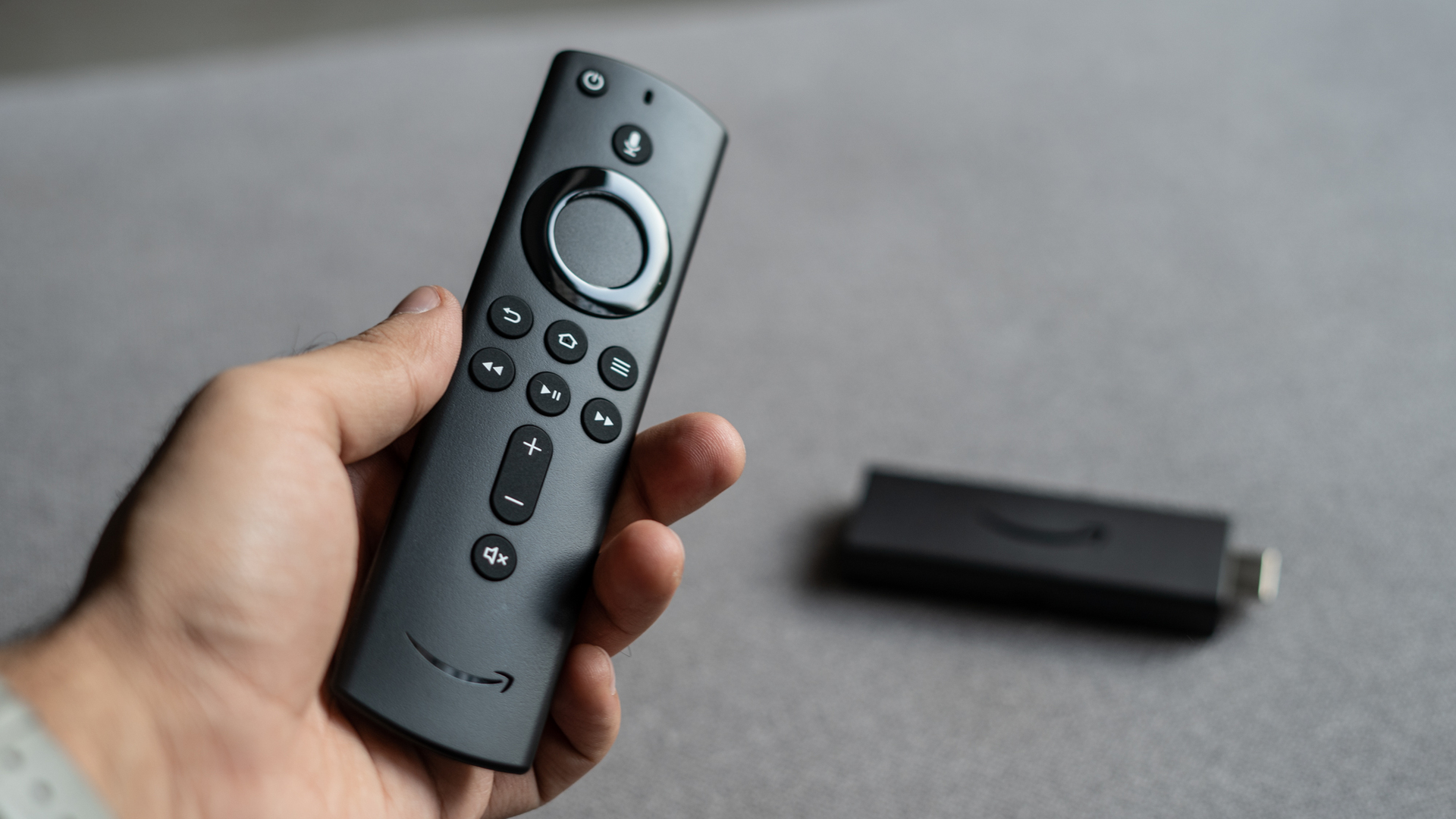
Whether you lean towards Roku or Fire TV, you’ll have a laundry list of streaming devices to choose from. Whether you want a classic stick or a voice-powered beast, there’s no shortage of options. You can even pick up a smart TV with one platform or the other built right in.
Amazon keeps things slightly simpler, with the Fire TV Stick siblings making up its lineup’s heart. You can grab the Fire TV Stick Lite if you want to save some money, or jump to the Fire TV Stick 4K if you need a little more quality in your life. The three sticks look almost identical, and they plug right into your open HDMI ports. However, the real differences come in the remotes, which we’ll get to in a few minutes.
If you want to take your Fire TV even further, you can also look at the Fire TV Cube or the Fire TV Recast. The Cube blends the best parts of a smart TV with the power of an Echo speaker, making it your best bet for voice commands. You don’t even need a remote; you can just ask away into your room.
Amazon’s Recast, on the other hand, takes the place of your DVR service. It packs either 500GB or 1TB of storage space so that you can save up to 150 hours of content at any one time.
Amazon has mastered the streaming stick, but Roku devices come in all shapes and sizes.
On the Roku side of things, you’ve got quite a few shapes and sizes to choose from. The Roku Express is a budget-friendly device, but it comes with some limitations. As you move through the Premiere, the Streaming Stick Plus, and even the Ultra, you’ll get all of the bonuses you could ask for. They bring voice commands and 4K streaming back into play, but you’ll have to spend some extra cash.
As the name suggests, the Roku Ultra is the top device on the purple platform’s resume, and it packs plenty of punch. It utilizes Dolby Vision and Dolby Atmos for an extra kick, and you can test the included JBL earbuds for some stealthy streaming.
See also: Roku buyer’s guide: Which Roku streaming device is right for you?
What if you want 4K streaming?
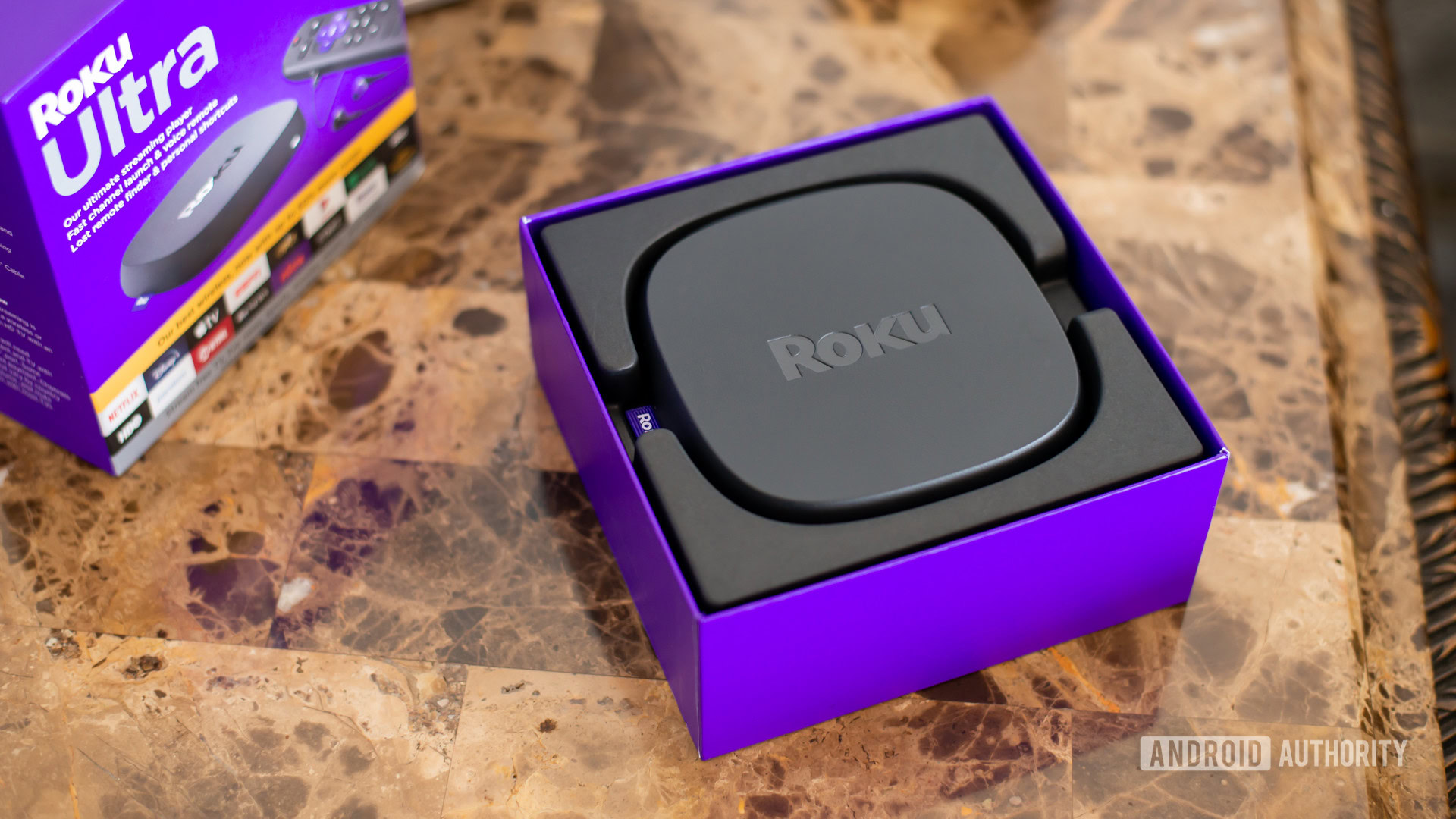
New smart TVs are adopting 4K like never before, so you probably want a streaming device that can keep up. Both Roku and Amazon Fire TV have premium streaming options, but you have to know where to look.
If you’re leaning towards the Fire TV ecosystem, you can go for either the Fire TV Cube or the Streaming Stick 4K. On the Roku side, you’ll have to eliminate the Express from contention. The Premiere, Ultra, and Streaming Stick Plus all support 4K, though, giving you more freedom to choose your form factor.
Roku vs Amazon Fire TV: Which remote is better?

Not all streaming remotes are created equal, and you’ll once again have to spend a little extra for the full list of features. If you choose the entry-level Roku Express, Roku Premiere, or Fire TV Stick Lite, you’ll find a bundled remote that’s only good for surfing content. It won’t handle voice commands or adjust your TV volume in either case. However, you’ll get a set of four quick launch buttons on the Roku remote that you won’t find on Amazon Fire TV.
As you move up the ranks, both remotes gain voice commands as well as the ability to control your TV. Whether you need to toggle the power or crank the volume, you’re looking at the Fire TV Stick and above or the Roku Streaming Stick and above.
See also: 10 best TV remote apps for Android
If you’re worried about the button layouts, you may want to get both remotes in your hand before you make a final purchase. The Roku remote features the Power and Back buttons at the top, above a directional pad and central OK button. Below that, you’ll find your Play/Pause buttons and Fast Forward along with Rewind.
Over on Amazon Fire TV, the Power button is still up at the top, but everything else is moved around. You have to use the glossy ring for navigation, and the large blank button serves as an enter key. Then you’ll come to the Home, Back, and Menu buttons above your play and pause controls.
It comes down to a matter of preference, but we lean towards the Roku remote. You don’t have to worry about accidentally pressing Home instead of Pause, and the direction arrows are much cleaner than the ring. Roku’s quick launch buttons are just the icing on top.
How do the voice commands stack up?
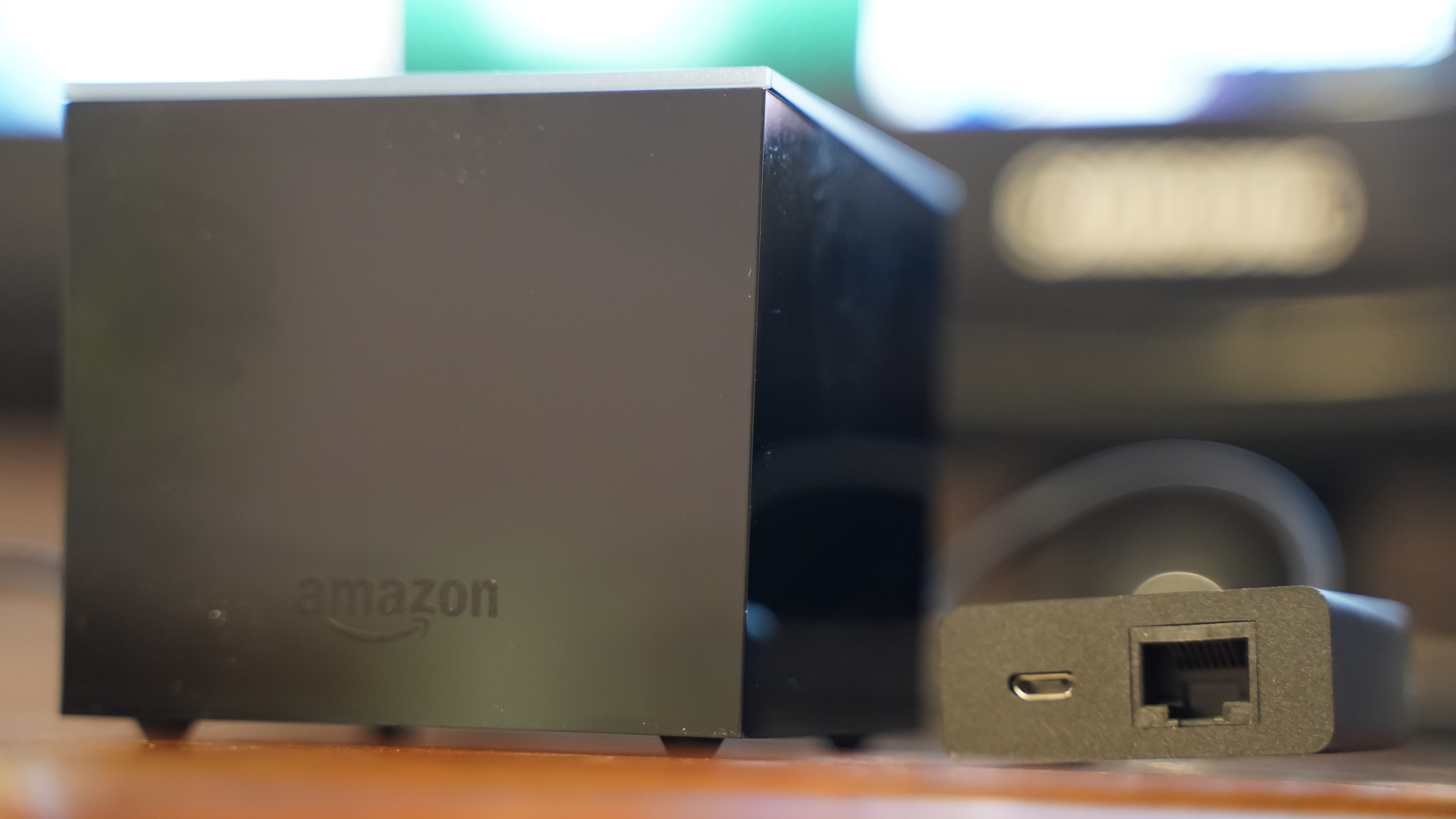
We’ve already established that voice commands are not a universal feature. You’ll have to upgrade past the base models on Roku, but they can be a game-changer when you do. Instead of clicking buttons to make your way through mountains of content, you can just ask your TV to play a certain show on a certain platform. Sometimes, in the case of the Fire TV Cube, you don’t even have to press a button.
So, if both platforms allow voice commands to a certain extend, is one better? The answer is yes. Only one of these platforms put the time in to create a voice assistant, and that platform is Amazon. As soon as you press the microphone button or say Alexa, your Fire TV is ready for action.
See also: The best Amazon Echo hacks to get the most from Alexa
Roku, on the other hand, offers support for both Alexa and Google Assistant. While it’s nice to have the freedom to choose, it can make life more difficult depending on your other smart home devices. If you have a mix of Google and Amazon products, you almost have to set up both assistants on the same Roku device. You’ll also have to remember that not all Roku devices can handle voice commands, while they’re a standard feature for Amazon.
Does one platform offer more content?
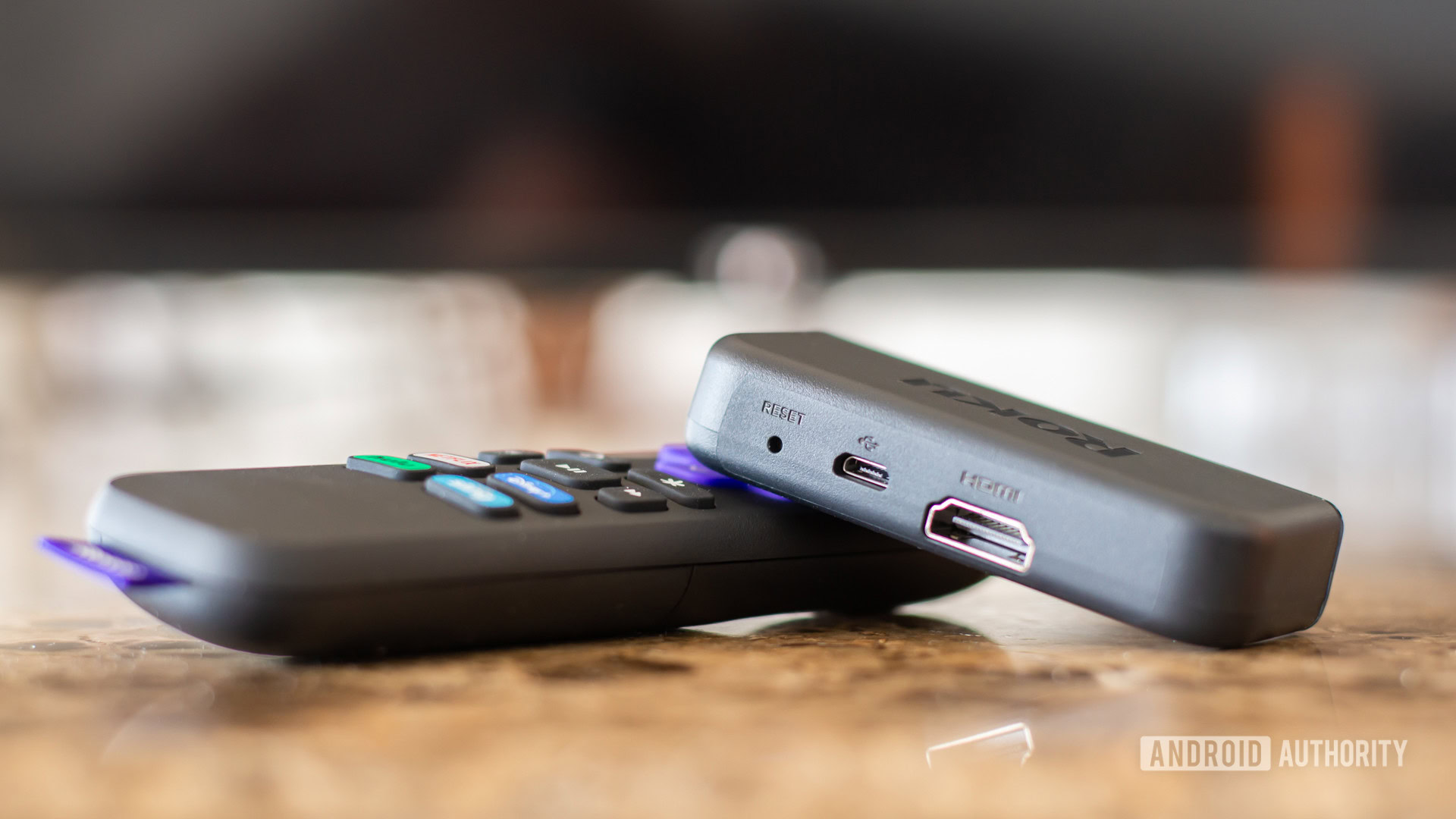
We don’t know just how many hours of content there are, but you can feel pretty safe knowing that both Roku and Amazon Fire TV have more than enough to watch. You’ll get access to all of the main services like Netflix, Hulu, Disney Plus, and HBO Max either way, but only Roku has the Roku Channel. It’s not the fanciest service, but it costs nothing, and it’s ad-free, so that’s a nice bonus.
See also: The best video streaming services: Netflix, Hulu, and many more
Roku also builds channels out of free videos found online, so you can always surf a curated collection of silent films from YouTube. We’re also partial to Roku’s organizational structure. Once you fire up your streaming device, you’ll be taken right to a menu of your downloaded apps and active services.
On the other hand, Amazon Fire TV takes you to what can feel like a cluttered mass of apps, channels, and Prime Video content. You might jump from Netflix to an episode of The Boys just from an accidental button press. It’s nice if you watch Prime Video or rent feature films frequently, but it can feel distracting.
Roku vs Amazon Fire TV: How much do they cost?
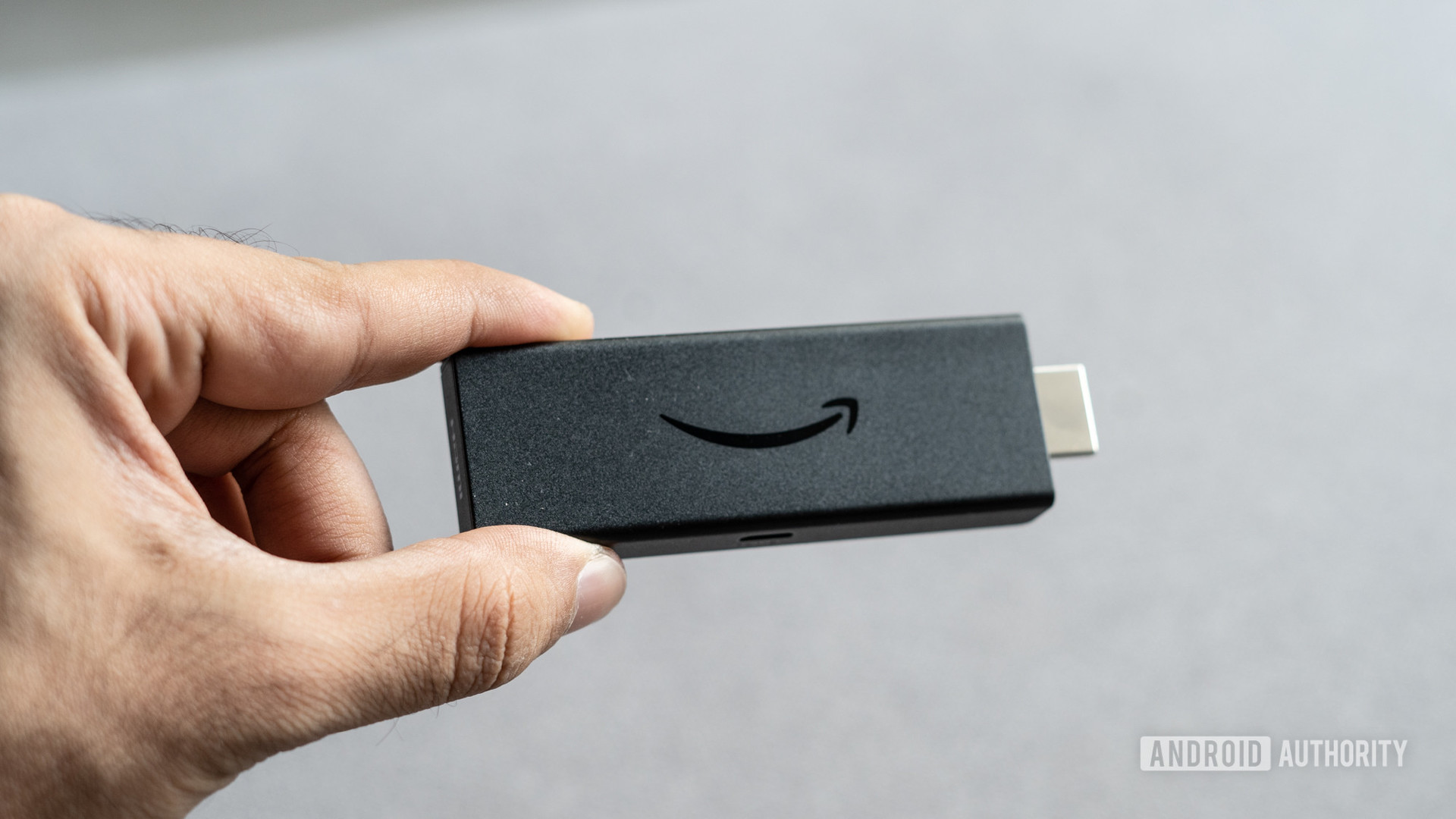
No matter which way you go, you’re going to have to spend some money. However, Roku is the way to go if you want to keep costs low. Its Express device will only set you back $29.99, and the 4K-ready Premiere is just $10 more at $39.99. Roku’s Streaming Stick Plus keeps the $10 increments going, and the premium Roku Ultra will run you $99.99, doubling the rest of the list.
Over at Amazon, you can expect the same $29.99 entry point for the Fire TV Stick Lite. The latest 3rd-generation Fire TV Stick is $39.99, and the Fire TV Stick 4K ties Roku at $49.99. Amazon’s Fire TV Cube is $119.99, but you’ll have to remember that it doubles as an Echo speaker, thus the extra cost.
The Amazon Fire TV Recast isn’t quite in the same league as its other products, so be ready to spend more money. It starts at $229.99 for the 500GB version and jumps to $279.99 for the 1TB version, which is more than enough space to save your OTA shows.
Which streaming service comes out on top?
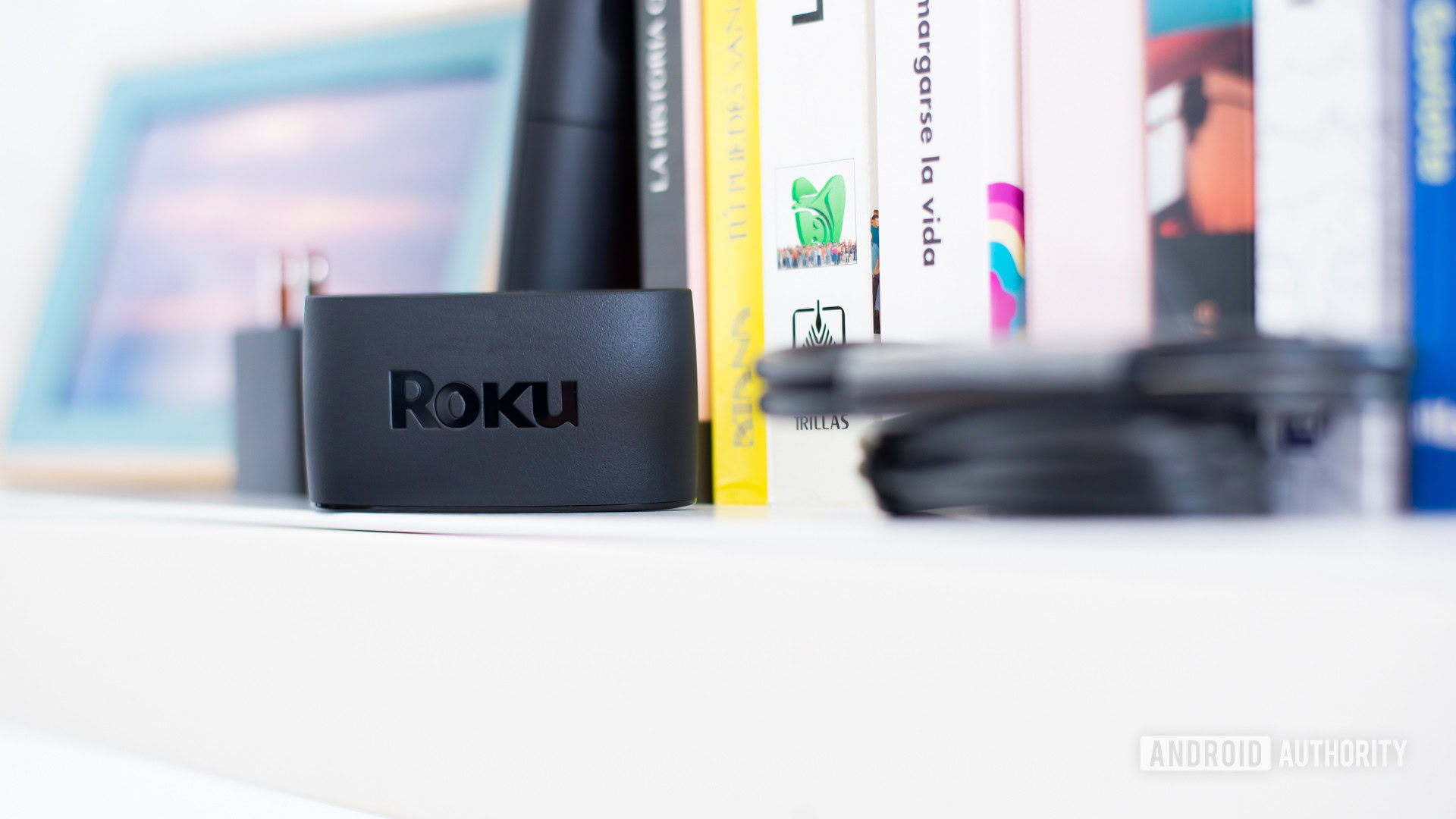
So we’ve run you through just about everything you could need to know about Roku and Amazon Fire TV, so there’s just one more question: Which one should you buy? Well, that depends on your needs. If you have Amazon Echo products already, it’s a no-brainer to go with a Fire TV Stick. However, if you’re more of a smart home free agent, you might lean towards Roku instead. The quick launch buttons are a great addition, and the remote is easier to get used to.
Those of you who are determined to use voice navigation to its fullest will want to try Amazon Fire TV. All of its remotes include a voice control feature, while some of the budget-friendly Roku devices leave you with a basic remote. That basic remote doesn’t offer control over your TV either, so you’ll need to keep your standard TV remote handy.
The Roku interface prioritizes your downloaded apps, which helps you just want to jump into your favorite shows. Amazon’s interface is more helpful if you want to discover a new show or rent movies from Prime Video.
Ultimately, you’ll want to take a good long look at your current smart home setup. We’ve given you our thoughts, but it’s up to you to make the final call.